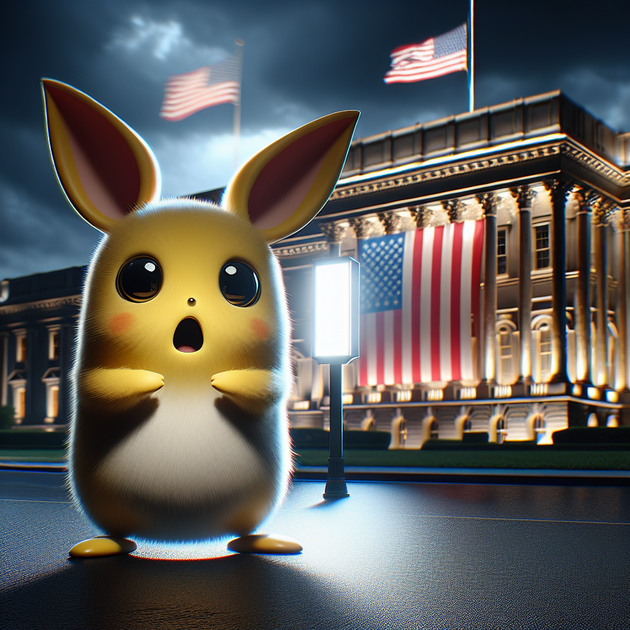Have you ever heard of a government agency using cartoon characters like Pikachu or Charmander to send a message about law enforcement? Well, that’s exactly what happened when the Department of Homeland Security (DHS) used Pokémon characters in materials promoting ICE raids—prompting a swift response from none other than Nintendo.
What Happened Between Nintendo and the DHS?
The story starts with the discovery that the DHS had created promotional materials for Immigration and Customs Enforcement (ICE) raids featuring recognizable Pokémon characters. These images were reportedly intended to make their messaging more engaging—or at least more eye-catching—to a wider audience.
Nintendo DHS Pokémon imagery quickly spread online once people noticed them, leading many fans and even some officials to question whether this kind of branding was allowed or even ethical. And it didn’t take long before word reached Nintendo itself—a company known for fiercely protecting its intellectual property.
Why Did the DHS Use Pokémon Characters?
It’s not every day you see government agencies mixing pop culture with serious topics like immigration enforcement. So why did this happen?
Here are some possible reasons behind the move:
- Attention-grabbing: Using familiar characters like those from Pokémon can help draw eyes to otherwise ignored flyers or posts.
- Relatability: The goal might have been to connect with younger audiences who grew up with these games and shows.
- Lack of oversight: Sometimes departments use images without realizing they need permission from copyright holders.
- Mistaken “fair use” claims: There might’ve been an assumption that modifying or parodying cartoon characters was legally fine.
Still, it’s clear that featuring Pikachu next to messages about ICE operations steps far outside normal government communications—and opens up a can of worms around copyright and public trust.
Nintendo’s Response to the Controversy
Nintendo is famously strict about how its characters are portrayed. When news broke about their creations being used alongside federal law enforcement campaigns, they didn’t waste time investigating.
Here’s what typically happens in situations like these:
- Nintendo reviews the material for unauthorized use.
- If found illegitimate (as here), they contact the agency directly.
- The company may request immediate removal or issue legal notices if needed.
While we don’t have details on exactly what was said behind closed doors, it’s safe to say that having your beloved childhood icons used for something as controversial as immigration enforcement is not something Nintendo ever wants associated with its brand.
A friend once told me about seeing Mario used on a local event flyer without any connection to video games—it just felt off. Now imagine that on a national scale with millions watching! That gives you an idea why companies like Nintendo act so quickly in these situations.
Broader Implications for Brands and Government Agencies
This incident raises some important questions:
- Who owns pop culture? Even if characters are globally recognized, companies retain strict control over how they’re used.
- Should government agencies be more careful? Crossing lines between official messaging and entertainment can backfire—both legally and publicly.
- The ethics of marketing enforcement: Is it fair (or smart) to use children’s media icons in serious policy debates?
It also highlights how quickly things can spiral online. Once these images hit social media, both fans and critics joined in the conversation—some joking about “ICE-type” or “Fire-type” operations; others expressing concern over mixing fantasy with real-world law enforcement.
Nintendo stepping up shows just how important brand protection is in today’s digital world. If even a federal agency isn’t immune from IP slip-ups, it serves as a lesson for everyone else—government or otherwise.
What Comes Next?
So where does this leave us? Most likely, you won’t see Pikachu on any future government posters (at least not without permission). But incidents like this remind us all that brands have power—and responsibility—in shaping public messages.
Have you seen other examples where pop culture crossed paths (awkwardly) with official policy? Do you think companies like Nintendo should have more say over where their creations show up—or should there be room for parody and public use?
Let me know your thoughts below!

Leave a Reply